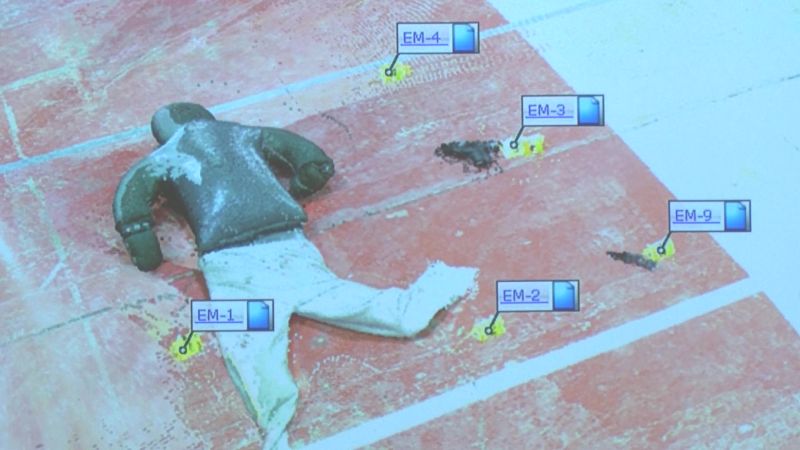Police officers in Cascade County, Montana have a new addition to their crime-fighting resources: a FARO Focus 3D Laser Scanner. The new scanner has been acquired with support from partners of the Great Falls Police Department (GFPD) and Cascade County Sheriff’s Office (CCSO) and will be used to survey crime scenes.
Expertise and efficiency
A typical crime scene investigation team includes: a team leader, photographer and photographic log recorder, sketch preparer, evidence recovery personnel and miscellaneous specialists depending upon the nature of the crime.

Operable by just one or two people, and capable of taking a full sweep of a scene up to 130 square meters, the FARO Focus 3D scanner potentially cuts down the personnel needed to record images by up to 80%. This means that expertise can be more efficiently distributed to where it is most needed, and could play a crucial part in relieving the strains of a service that is already stretched.
In a statement to KRTV, Captain John Schaffer of the GFPD explains:
This device measures and documents and collects data at scenes far better than we ever could as human beings. It is that next piece of technology that jumps the Great Falls Police Department and Cascade County Sheriff’s Office and the Cascade County Attorney’s Office into the 21st century of policing.
Blood spatter, accidents, bullet trajectory
This new acquisition comes just two weeks after Florida-based FARO introduced their Freestyle3D Objects handheld 3D scanner and its crime scene investigation capabilities.
Moving gif image shows a FARO Focus 3D scanned image of a scene with blood spatter. Clip via: r3alitycapture on YouTube
When 3D Printing Industry spoke to PC Lisa Bates from South Yorkshire Police, UK about the possible uses of 3D scanning in crime scenes, she speculated that it would be an invaluable technology for assessing blood spatter and the arrangement of objects at a scene.
PC Bates explains;
In terms of time and expediency, by the time matters get to court [usually after a period of months in administration], showing something in 3D would be incredibly beneficial in place of a 2D picture. It would enable a judge and jury to better visualize what and how [a crime] happened.
An accompanying video clip of the FARO Focus’ capabilities confirm this concept demonstrating its use for calculating blood spatter origin and capturing the scene of an accident. One thing the GFPD and CCSO also have to contend with is shot trajectory.
A FARO Object 3D point-cloud image assessing bullet trajectory. Clip via: r3alitycapture on YouTube
GFPD’s FARO Focus 3D Laser Scanner operates on a tripod, and is part of the same family of 3D scanners used by UK based ScanLAB Projects to survey scenes of cultural and historical importance. The FARO Focus series are especially designed for outdoor use, are easily portable, and have integrated GPS receivers for easy positioning. GFPD’s Focus is capable of capturing images at an accuracy of approximately 1 mm.

For more news about 3D scanning and the 3D printing industry you can follow us on Twitter, and like us on Facebook.
Nominations for best 3D scanning devices in the annual 3D Printing Industry Awards are now open.
Featured image shows a Great Falls Police Department car Photo via: GFPolice on Facebook


